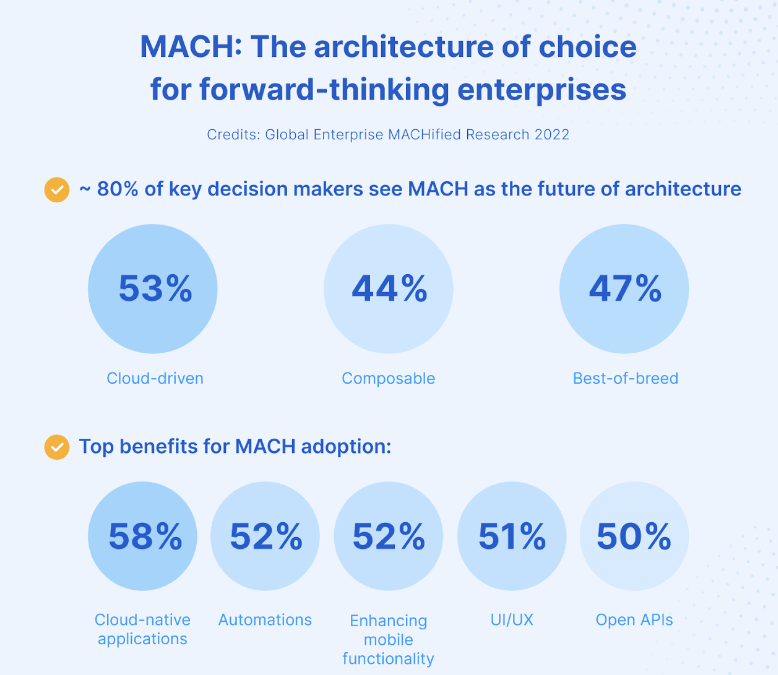Why does a digital transformation need to be part of your strategy in 2023? Too much has changed in the past few years that impact how organizations work and service customers. Unless you have already started a digital transformation, it’s time. Be warned, this is not a simple fix. It’s a complex undertaking, but you need to prioritize this to begin in 2023 to
A digital transformation is never complete. Transformations continue to develop in ways we can barely imagine. As technologies and organizations evolve, change is required to solve new challenges. Much has shifted in the past years due to the pandemic. With the rising concerns around inflation, supply chain issues, geo-political tensions, and economic uncertainty, many anticipate that macroeconomic conditions will be difficult in 2023.
Organizations are under pressure to maintain their competitive edge in this digital-first world. As a result, planning a digital transformation that involves people, processes, and technologies is the place to start.
According to the recent State of Service report from Salesforce.com, adapting to changing customer needs will be the main agenda for CXOs going into 2023. In addition, business agility and sustainability are trends that are on the rise. Undoubtedly, digital technologies will play a critical role in unlocking more opportunities for business efficiency.
Innovation is happening at lightning speed. Many organizations now embrace uncertainties as the new normal and are looking for new ways to stay ahead of the competition. Below are some of the trends
Many businesses are turning to MACH architecture as they look for better ways to remain agile, nimble, future-proof, and customer-centric. The acronym stands for Microservices-based, API-first, Cloud-native SaaS, and Headless technology.

Benefits of MACH
These are separate pieces of business functions that are developed, deployed, and managed independently. Many businesses have realized that their monolith systems can’t keep up with customer expectations anymore. Moving to microservices is part of many transformation efforts as organizations seek more specialized solutions vs. one-size fits all monolith solutions. Organizations will want to pick the best tools in the market with a structure that allows them to remove, replace, or add technologies easily in the future to meet their needs.
APIs serve as a software intermediary that enables the different microservice applications and decoupled headless components to talk to each other. APIs are key in the exchanges of data between applications. Having the right APIs in 2023 will help developers and business teams enjoy improved flexibility, simplified development, and accelerated time to value across the organization.
The cloud-native principle means that the service is delivered in the software-as-a-service (SaaS) model. For organizations looking to enhance scalability and reliability in 2023, leveraging SaaS principles is the way to go. As companies deepen cloud dependency, making use of integration
Organizations want to become more agile and flexible in their approach to business. Leveraging headless technology is key to this. In having the front-end experience decoupled from the back-end architecture, it’s less risky and easier to make changes without sacrificing the customer experience or interrupting the infrastructure.
Over 50% of organizations have already started implementing robotic process automation, according to Deloitte. Gartner forecasts that by 2024, hyper-automation will allow organizations to lower operational costs by 30%. With the need for improvements in process efficiency, we expect many enterprises to include hyper-automation on their technology roadmap by 2023 and beyond.
Attracting the right people will help to drive innovation. In 2023, many organizations will view the total experience as a way of improving employee and customer journeys. This strategy will help to create
In today’s digital-first world, every company must leverage improved processes to enhance efficiency, enable new business capabilities, and maintain a competitive advantage. From business agility to customer experience and growth, the benefits of a digital transformation are significant:
Agility is the ability of the organization to continuously develop, improve, and thrive in the digital era by quickly responding to market changes. According to research, 68% of companies consider agility as one of the top reasons they leverage digital transformation. However,
According to SAP, 92% of leaders agree to use digital transformation strategies to enhance the overall customer experience. In this era of social commerce and high connectivity, businesses are aware of the need to engage customers anytime, across any channel. Omnichannel can’t be accomplished without the right framework in place.
Customer expectations keep changing and businesses strive to keep up with them. Customers expect always-on, omnichannel commerce that meets their needs quickly. If they don’t find it from you, they will find it from your competition. Build the right foundations now to be flexible enough to meet buyer expectations.
When businesses take advantage of transformations involving big data, analytics, and the Internet of Things (IoT), they can access higher volumes of data. The company can then transform this data into important business insights, helping you to make better and faster decisions. Increased speed and insight are a big part of the value of digital transformations.
Digital transformations must involve people, processes, and technology to be effective. Don’t attempt to solve challenges without the help of trusted advisors and teams that have succeeded with organizations similar to yours. Envolve a core team to lead the transformation and keep the lines of communication open.
The reasons for embarking on a digital transformation are clear. Make sure to keep goals in mind, and remain open to change and new ideas. It’s all about innovation and transformation takes time.
To learn how to make iPaaS a part of your digital transformation, keep reading